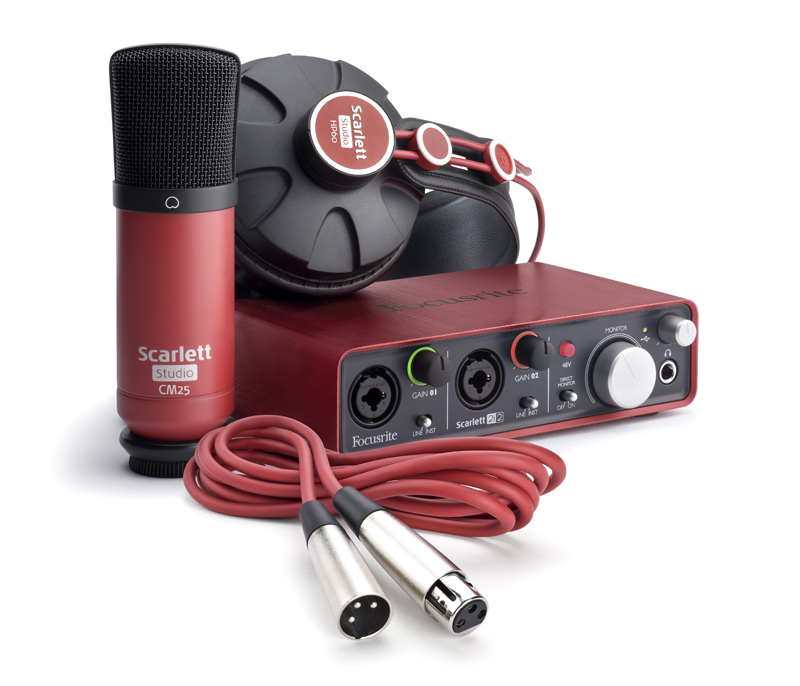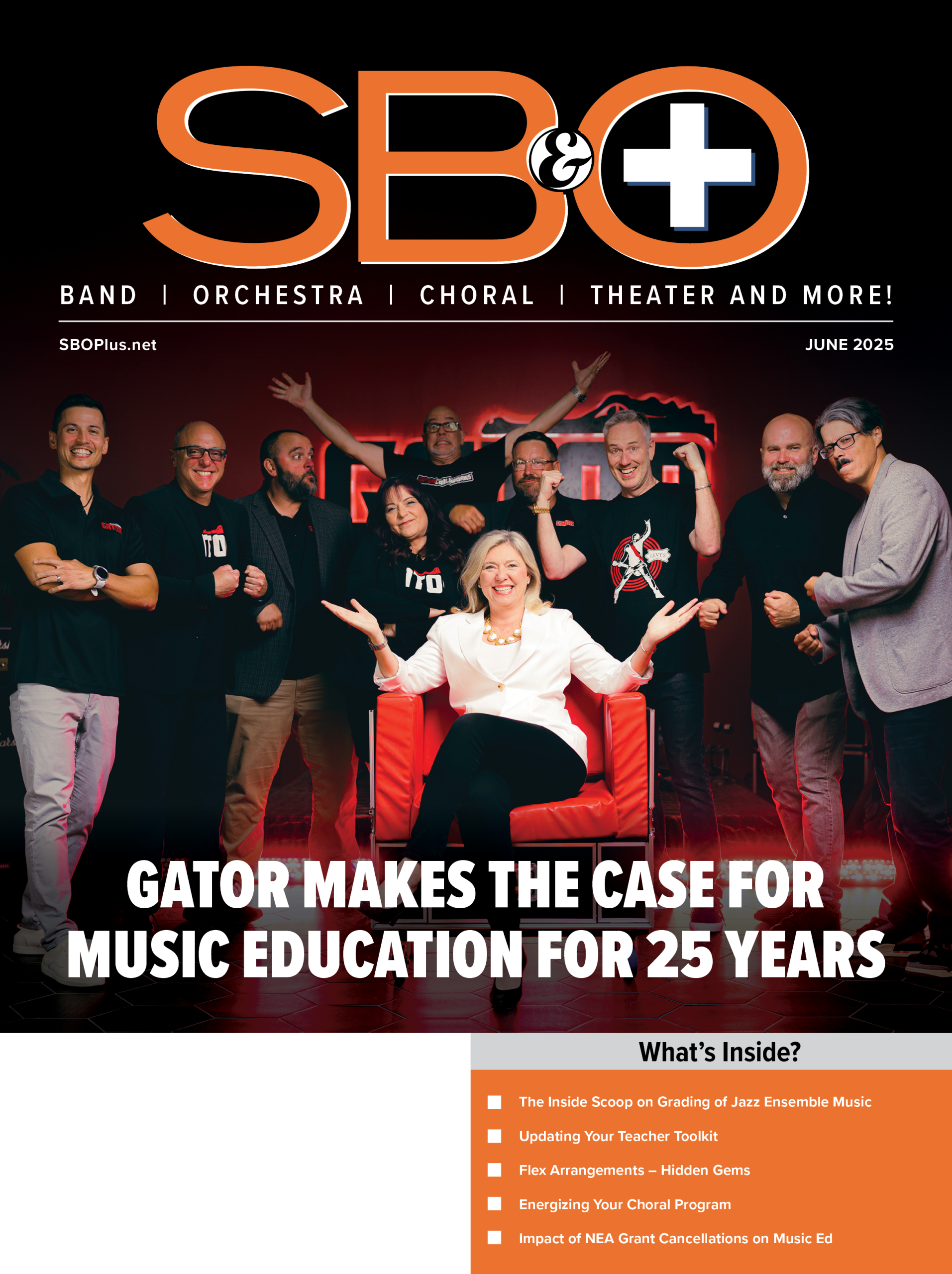Strong posture is required for everybody, especially student performers in high school music arts programs. Strong posture enables a person to function efficiently and pain-free. Yet, talking about strong posture is the “elephant in the room” nobody seems to want to address. The requirement for strong posture has become more important than ever because of technology which can negatively affect our posture. Let’s focus on the relationship between technology and the physical and mental wellness of high school students. The solution can be as simple as using the villains, our smart phones or tablets!
All students in music arts programs need to be able to move their body from position to position (dynamic) or remain in a standing or sitting position (static) for varying durations. Strong posture enables students to do this effortlessly and pain-free. Like students who participate in the traditional “stick & ball” sports (e.g. volleyball, baseball), music students are athletes. They need to be prepared physically and mentally to practice and perform safely with proficiency. Strong posture allows them to do this. Whether marching, standing, or sitting, strong posture keeps the body balanced and reduces the risk of muscle overuse and imbalance. The simple solution is to have your students take a 90 second mini break at the beginning of class focusing on easy and short movements that encourage strong posture, using an evidence-based program offered on a smartphone app or online videos. The result will be better performance for your students.
‘Tech neck’: Technology’s effect on your Posture
It is estimated half of Americans spend 4 to 5 hours on their smart phones daily. That doesn’t count the hours in front of a computer at work and home. Poor body positions and mechanics while using these devices can give rise to weak posture such as “forward neck,” “slouched spine,” and “rounded shoulders.” These conditions, when combined with the required movements during practices and performances, can lead to discomfort and pain, including long-term musculoskeletal issues.
Because of the use of smart phones and computers, soon it will be a requirement to implement a program in the classroom to improve and maintain strong posture. The good news is technology can help improve one’s posture and body mechanics through apps featuring exercises and movements. These apps offer easy to use, evidenced-based movements to encourage strong posture.
Hints when using a smart phone:
Stand or sit upright, don’t slouch or slump
Keep the phone at eye level
Use phone’s voice dictation instead of texting, when possible
Hints when using a computer:
Eyes should point directly at the top third of the computer screen
Feet should be flat on the floor with thighs parallel with the floor
Take intermittent breaks
Strong Posture Will Prepare You for Our Asymmetrical World
Student performers have to execute movements that are dynamic and unpredictable. Sometimes they are in situations they have never encountered before. Variables like weather, playing surface, and even facilities can provide challenges. These conditions comprise an asymmetrical world and are seen in marching routines and choreography as well as instrument positioning. An app to address our asymmetrical world introduces your student performers to exercises and movements that are executed unilaterally. Simply put, unilateral movements can be defined as “exercising one limb at a time.” The basic idea behind unilateral exercise is to prepare athletes to safely handle all the situations they encounter. You can say this type of exercise mimics everyday life by loading one side of the body more and placing the exerciser into a safe, yet uncomfortable position. Unilateral training helps prevent overuse and over-compensation for a weak movement or muscle groups with a more dominant muscle group. Using unilateral exercises to address the asymmetrical world we live in will enable you and your students to handle everyday situations safely. This is the definition of Preventive Medicine.
Strong Posture Habits are for All Body Types
There are two truisms when it comes to posture. First, virtually all body types can work toward achieving a strong posture. This is accomplished by offering exercises and movements that can be executed by all student fitness abilities. Second, strong posture is habitual. Your mind and body think your current posture is normal! This is because it is familiar, even if it’s encouraging muscle tension and discomfort. Your current posture has been established with your habits and routines. It is vital you establish a new set of habits, executing them consistently to develop strong posture.
Tips on how to create an environment that establishes strong posture habits:
Identify a Goal
Create Cues (e.g. EOS which means Ears Over Shoulders)
Make it simple, fun, and easy to do (e.g. using an app)
Provide an environment of comfort
The benefits of strong posture
Strong posture prevents one of the most common ailments, upper and lower back pain. Approximately 80% of people will experience back pain at some point during their lives. Whether acute (short-term) or chronic (long-term), back pain can significantly affect our daily lives by restricting our movement, mobility, sleep and mood. Strong posture places our body in a neutral position that places minimal stress on the body’s muscles, tissues, joints and ligaments. Strong posture is energy efficient.
Benefits of strong posture for your student performers include:
Increased pain-free performance
Boost recruitment and retention for music programs
Students becoming role models for their friends and family
Encouraging a strong posture program for your students
Music teachers do more than teach music – you can introduce your students to many new experiences that increase citizenship, accountability, self-discipline, community cooperation, and produce leaders. Implementing a strong posture program will positively affect your students’ physical and mental wellness for years to come.
Mike Zamora, Strength Coach, developed Marching Band Workout, a program designed to prepare students for safe practices and performances in all musical arts. He has 50+ years as a Strength & Conditioning Coach in various high school sports.

























